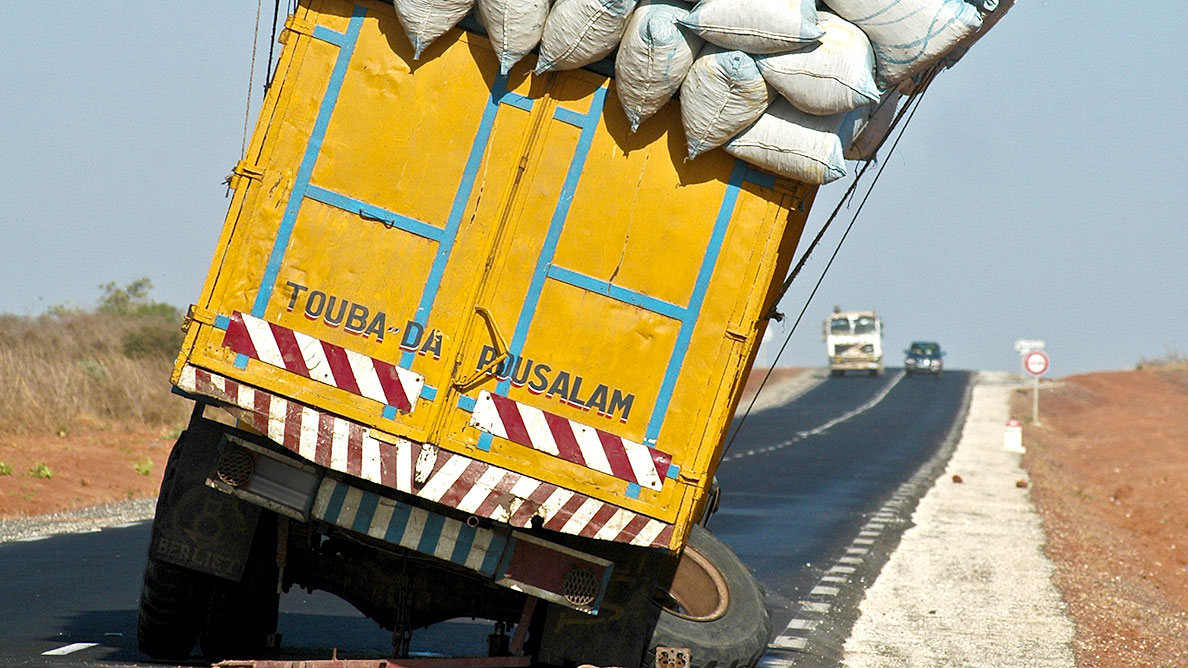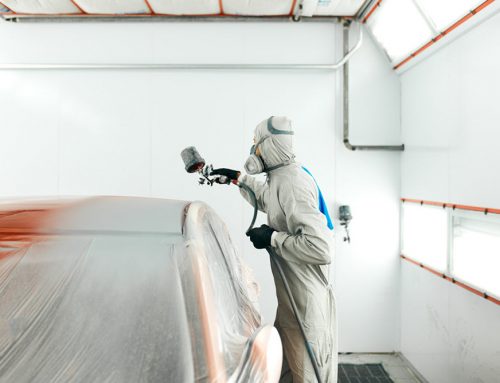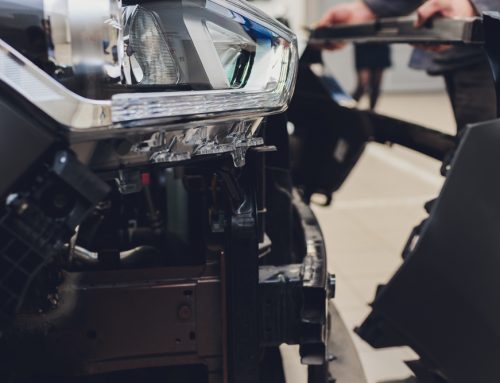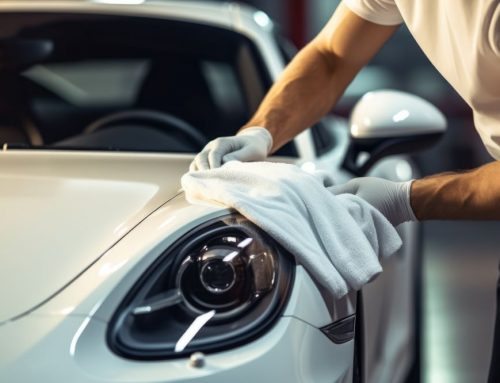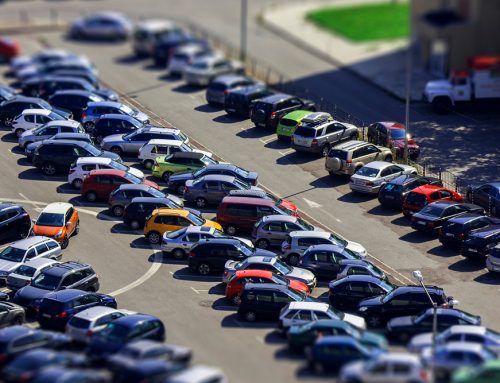Not overloading a workshop seems like a simple piece of advice. However, this is one of the collision shop managers’ most common weaknesses.
This was true before COVID-19, and even more so as work returns. The workshops have been hungry, their pantry is empty, and they tend to plan too many repair jobs at the same time.
There are several reasons why managers choose to overload their shop. Some try to keep the load high because it gives them a sense of security, while others like to have more job files in hand to better distribute them to technicians according to their strengths and weaknesses. Unfortunately, some don’t even realize that they are overloaded.
Is being overloaded so bad? Yes, from a performance perspective it has important consequences. More so if you are an owner manager or get a bonus on profits because your dollars go up in smoke while the machine that is your shop is running at full speedy.
In Rule #4, we will define overload, the disadvantages of being overloaded and how to prevent them.
What is overload?
Overload is a level of work that is greater than the capacity of your workshop allows you to carry out without suffering a loss in performance.
An apparent symptom of an overloaded workshop is the large number of vehicles in the yard and in the workshop, but very few are actively being repaired.
Let’s bust a myth together; an overloaded shop is an unproductive shop. False. Some overloaded shops are extremely productive. However, they are less profitable and therefore less efficient. Even if their turnover may seem attractive at first sight, don’t be fooled, the important thing is what remains in your pockets.
In performance, we must not lose sight of the fact that the objective is to optimize our resources to obtain the greatest possible profit. If a shop is not able to translate its high productivity into profit dollars, it must clearly investigate and find the problems. Most of the time, we will find overload-related elements that drag down the profitability of a workshop.
Disadvantages of Overloading
The key-to-key cycle time is long. This is detrimental to the workshops, especially in the insurers report cards. Also, the cost of working on a job needing a courtesy/rental vehicle is higher.
So, in the end, we don’t reach our full profitability potential and our client insurers may choose to assign their job files elsewhere, to competitors with a shorter cycle time.
How to prevent overloading?
You need to know your optimal production level. Easier said than done, you may say.
With the unexpected non-drivable vehicles or dealerships loading you with urgent requests, things can quickly get out of hand, and it’s also hard to say no to customers.
True. However, the non-drivable vehicles, let’s say you get one hundred a year, will not all land in your yard next Saturday. On average you get two a week, a bit more in the winter, a bit less in the summer. So, it’s predictable. With your knowledge of your market, you may anticipate the impacts of the demand on your capacity and plan accordingly.
First, you need easy monitoring to understand your capacity and your optimal production level. It goes without saying that a specialized tool such as ProgiPlanning is the solution of choice for all workshop managers.
ProgiPlanning allows you to monitor a valuable indicator that shows you if you are overloaded, i.e., your number of work-in-progress hours (WIP).
The most helpful way to plan your capacity to control your load is the percentage method. Again, you need the right tool to do this. A maximum of 10% above your capacity is recommended.
Percentage example: You should not go beyond 10% of your known productivity to avoid overload. If your known productivity is 130%, your best productivity level will be between 130% and 140%, going beyond that will hurt your performance indicators.
Example in hours: If you know the hour value of your WIP, for example you know that your maximum is 200 hours, then you should aim for a maximum of 220 hours to avoid overload.
At Progi, a simple overload indicator is the need for rental/courtesy vehicles; it’s a maximum of three rental/courtesy cars per productive technician. For the best, it’s two rental/courtesy vehicles. The good ones, with a business model that includes a lot of dealership job files, are literally able to go one for one. Not only is this a simple performance indicator, but the lower the vehicle to technician ratio, the better your profit margins.
In Conclusion
In summary, the benefits of not overloading the shop are:
- The increase in your profit margin, an indicator dear to your heart.
- The reduction of your key-to-key cycle time, an indicator dear to the hearts of your insurance customers.
But also, the reduction of the mental load of your team. By maintaining an acceptable level of vehicles to be repaired in your team, they unconsciously consider the challenge surmountable. Every time a vehicle is delivered, it’s a greater victory for the mind.
Author: Alexandre Rocheleau
Collaboration: Charles Aubry
Translation: Sophie Larocque
Editing: Émilie Blanchette
See Rule No. 1: Setting Objective
See Rule No. 2: Communicating objectives
See Rule No. 3: Maintain and Analyze
